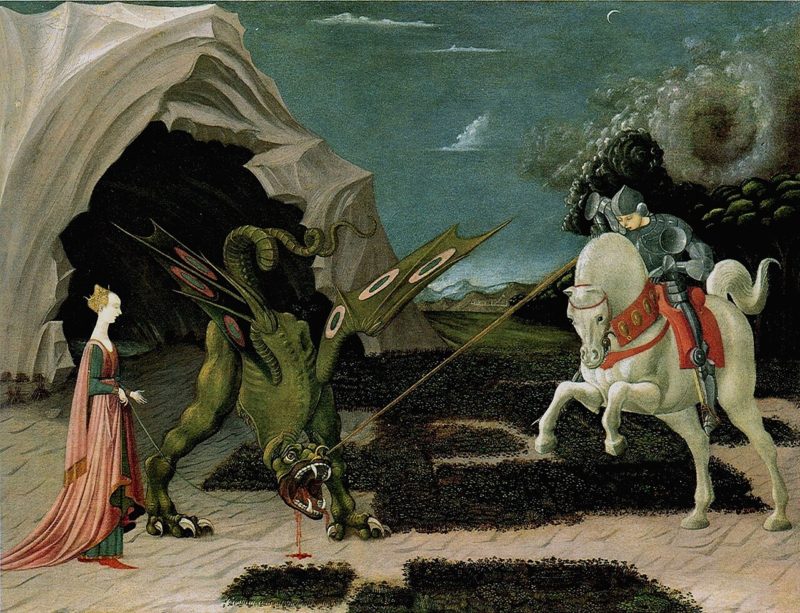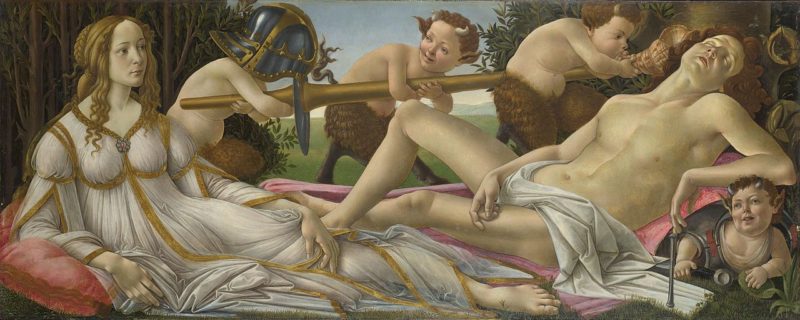The National Gallery in London: History and Must-See Exhibits

With London being one of the oldest European capitals with a rich history and culture, its artistic legacy is also immense. The National Gallery in London is a cornerstone establishment responsible for the promotion of art in the country’s capital. It remains one of the top-attended highlights both for locals and for visitors from all corners of the globe. So, what are the roots of this famous museum, and what does it offer to attendees at present? Here is a brief overview of its historical timeline and present-day jewels on display.
The History of the National Gallery
Established in 1824 after the death of John Julius Angerstein, the National Gallery celebrates its 200th anniversary this year. Angerstein was a banker, a marine insurance broker, and a founder of the well-known insurance company Lloyd’s of London. Besides a variety of lucrative commercial activities, he also had a passion for art and had accumulated one of the biggest art collections across Europe throughout his lifetime. After Angerstein died in 1823, his heirs sold the collection of 38 rare paintings to the British House of Commons, thus laying the foundation for the national art collection.
Though the London public wasn’t quick to appreciate the collection, the government still decided to move on with the national art collection project and built the museum’s building at Trafalgar Square, in the very heart of central London. The National Gallery officially opened to the public in 1838.
What to See at the National Gallery in London?
The National Gallery in London is home to many unique artworks that every art connoisseur will be happy to see face-to-face. One of them is the 15th-century painting by Uccello, Saint George and the Dragon, which serves as a splendid example of early Renaissance art and one of the first artworks with visual perspective in painting. Fans of Jan van Eyck can enjoy viewing The Arnolfini Portrait, his famous 1434 painting that is displayed in Room 28 of the Gallery.
The National Gallery also features Botticelli’s Venus and Mars, a rare example of polytheistic painting of the Renaissance period, the time of the artists’ massive engagement in the depiction of Biblical scenes. Though the painting is currently not on display, it will be back for viewing in May 2025. Another exclusive masterpiece that art enthusiasts can view at the National Gallery is Leonardo da Vinci’s The Virgin and Child with St. Anne and St. John the Baptist. Da Vinci’s legacy is highly cherished across the globe, and viewing his paintings is indeed a rare treat for every art lover. This important artwork will also be available for viewing in May 2025.


